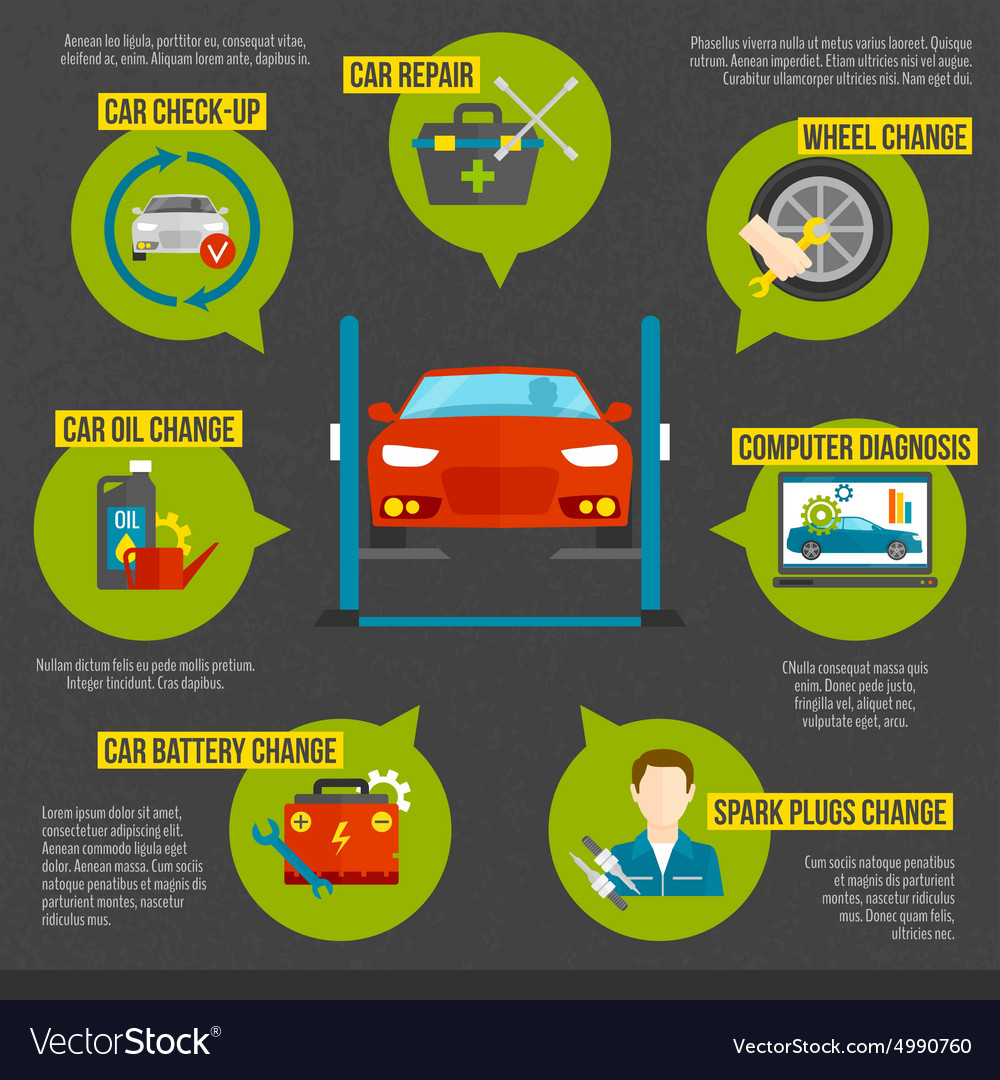Analyzing Your Vehicle'S Alert Lights: Their Real Effects
Analyzing Your Vehicle'S Alert Lights: Their Real Effects
Blog Article
Write-Up Written By-Lauritsen Winters
When you lag the wheel, those beautiful caution lights on your control panel can be a bit difficult. Do you understand what they're attempting to inform you concerning your cars and truck's health? Comprehending the relevance of these lights is essential for your safety and security and the durability of your lorry. So, the following time among those lights pops up, would not you intend to analyze its message accurately and take the required actions to resolve it?
Common Warning Lighting and Interpretations
Recognize common warning lights in your cars and truck and understand their significances to make certain safe driving.
The most normal caution lights include the check engine light, which signifies concerns with the engine or discharges system. If this light comes on, it's important to have your vehicle checked quickly.
The oil stress alerting light suggests reduced oil stress, requiring instant interest to avoid engine damage.
A flashing battery light may suggest a faulty billing system, potentially leaving you stranded if not dealt with.
The tire stress surveillance system (TPMS) light alerts you to reduced tire stress, impacting car security and fuel efficiency. Ignoring this could result in hazardous driving conditions.
The abdominal light suggests a trouble with the anti-lock stopping system, compromising your capability to quit quickly in emergency situations.
Lastly, the coolant temperature advising light warns of engine getting too hot, which can lead to extreme damage otherwise settled promptly.
Recognizing these typical warning lights will certainly aid you resolve issues immediately and preserve risk-free driving conditions.
Relevance of Prompt Interest
Understanding the typical caution lights in your vehicle is just the primary step; the importance of promptly dealing with these warnings can not be stressed enough to ensure your safety when traveling.
When a warning light brightens on your dashboard, it's your car's way of interacting a possible concern that needs attention. Ignoring these cautions can cause a lot more extreme problems in the future, jeopardizing your safety and potentially costing you much more out of commission.
https://jaidenqiyne.blog-mall.com/31773604/strategies-for-determining-a-reputable-vehicle-repair-service-center-in-your-region to advising lights can avoid malfunctions and mishaps. For example, a flashing check engine light can show a misfire that, if left ignored, could create damages to the catalytic converter. Resolving this immediately can save you from a costly repair service.
Similarly, a brake system alerting light might signal low brake fluid or used brake pads, essential components for your safety and security when driving.
Do It Yourself Troubleshooting Tips
If you observe a warning light on your dashboard, there are a few do it yourself troubleshooting pointers you can try before seeking specialist assistance.
The very first step is to consult your cars and truck's guidebook to understand what the particular caution light suggests. Often the concern can be as straightforward as a loosened gas cap activating the check engine light. Tightening up the gas cap might resolve the trouble.
Another usual concern is a low battery, which can set off various cautioning lights. Examining the battery connections for corrosion and ensuring they're secure might take care of the trouble.
If a caution light lingers, you can try resetting it by detaching the vehicle's battery for a couple of minutes and after that reconnecting it. In addition, examining your vehicle's liquid levels, such as oil, coolant, and brake fluid, can aid repair warning lights related to these systems.
Final thought
Finally, recognizing your cars and truck's caution lights is necessary for keeping your automobile running smoothly and securely. By quickly addressing these notifies and knowing what they indicate, you can prevent pricey repairs and possible breakdowns.
Keep in cleaner cars to consult your automobile's manual for certain information on each alerting light and act appropriately to make sure a hassle-free driving experience.
Stay informed, stay safe when traveling!
